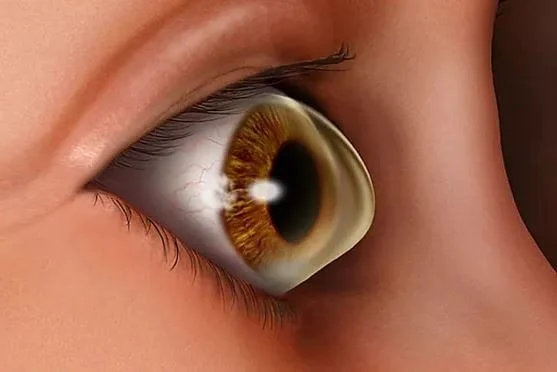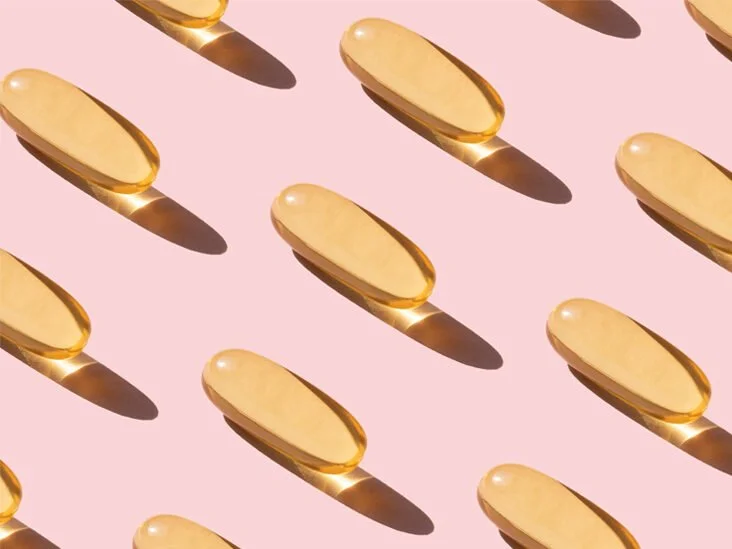Are you struggling to get in your eye drops? Here are tips & techniques that work!
Ocular Rosacea
Today, I am going to address a very common and underdiagnosed cause of dry eye: Ocular Rosacea.
Rosacea is a skin condition of the mid-face that affects up to 20% of people. People with rosacea are typically prone to a long blush or flush that can resemble a sunburn, acne-like bumps referred to as papules or pustules, or skin texture changes. Rosacea tends to start around middle-age, in cycles, and is usually triggered by sun exposure, heat, stress, red wine and other alcohol, caffeine, and spicy foods.
While we don’t really understand the mechanism of rosacea, we do know this is an inflammatory condition with an abnormal immune system response, and that there is a genetic component to this condition. There are multiple theories on why some people get rosacea, including theories linking the bacteria in our gut or small intestine bacterial overgrowth and mites called Demodex that may be inducing skin inflammation.
There are 4 types of rosacea and many people affected by rosacea may experience more than one type. Besides ocular or eye rosacea, which I will get to later in the video, there is erythematotelangiectatic rosacea, which is characterized by a prolonged blush and persistent redness of the face. With this type of rosacea, you can often see enlarged small blood vessels on the skin. Another type is papulopustular rosacea, which is characterized by whitehead pustules, which are red and pus-filled blemishes on the cheeks, chin, and forehead that are often confused with acne. The most rare and severe form is phymatous rosacea, which can result in thickening and discoloration of the skin. Phymatous rosacea usually affects the nose and is more common in men than women.
So how does this condition affect our eyes?
Well, this is a disease of the mid-face, and guess what is also in our mid-face? Our lower eyelids! In ocular rosacea, we see inflammation of our lower eyelids, classically lid margin telangiectasias. This is easily seen and noted with the slit-lamp microscope we use in our eye clinic.
In ocular rosacea, eyelid inflammation can cause blockage of the meibomian, or oil, glands that provide the oil layer of our tears. Having blocked oil glands can cause a form of evaporative dry eye, where you make tears but don’t make good quality tears to lubricate your eyes and make you more prone to styes and chalazia, which are caused by blocked sweat and oil glands on the eyelids. In addition to dry eye, the eyelids can feel irritated and itchy from all the inflammation.
In general, there are multiple treatments for rosacea, many of which are beyond the scope of this video on ocular or eye rosacea. First and foremost, preventing and avoiding triggers is the most effective thing you can do. If you suffer from rosacea or you think you might have rosacea, please consult with your dermatologist about a treatment plan for your skin that might work for you.
For ocular rosacea, the treatment principles are similar to treating rosacea of the skin. There are a few levels of treatments that I discuss with my patients, depending on severity of disease and previous response to medications.
TREATMENT #1
Just like with skin rosacea, we want to avoid flares, whatever that may be. For some, this includes avoiding heat and warm compresses to the eyes and eyelids, which is unfortunately an effective treatment for almost every other type of dry eye.
TREATMENT #2
With minor irritation or symptoms, lubricating eye drops, specifically preservative-free eye artificial tears, work best. Just how inflamed rosacea skin is sensitive, the eyes and eyelids of rosacea patients are usually sensitive as well and avoiding any triggers, including unnecessary preservatives, can be helpful.
TREATMENT #3
If preservative-free tears are not enough, we might need to escalate treatment to a short-term, low-dose steroid eye drop for flares. We never want to stay on steroids for a long time if we can help it, as steroid eye drops for years, even at low doses, can accelerate cataracts and elevate eye pressure in a small percentage of patients.
TREATMENT #4
Just like with other types of skin rosacea, oral antibiotics, such as tetracyclines like doxycycline, can be effective in some cases of ocular rosacea. Doxycycline at low doses (under 50mg) has anti-inflammatory properties that both clinically and symptomatically can help with rosacea when taken long term.
TREATMENT #5
A newer treatment for rosacea and ocular rosacea is Intense Pulsed Light or IPL, a laser treatment that has been used for hyperpigmentation of the skin and other types of rosacea and is now being increasingly used for ocular rosacea. This treatment can be effective with multiple uses, and there are some eye doctors who use a specific ocular protocol for ocular rosacea with notable success. While this is still not a common tool in every eye clinic, this is becoming increasingly popular and we might be seeing this tool in more eye clinics as a treatment option for this form of dry and irritated eyes and eyelids.








